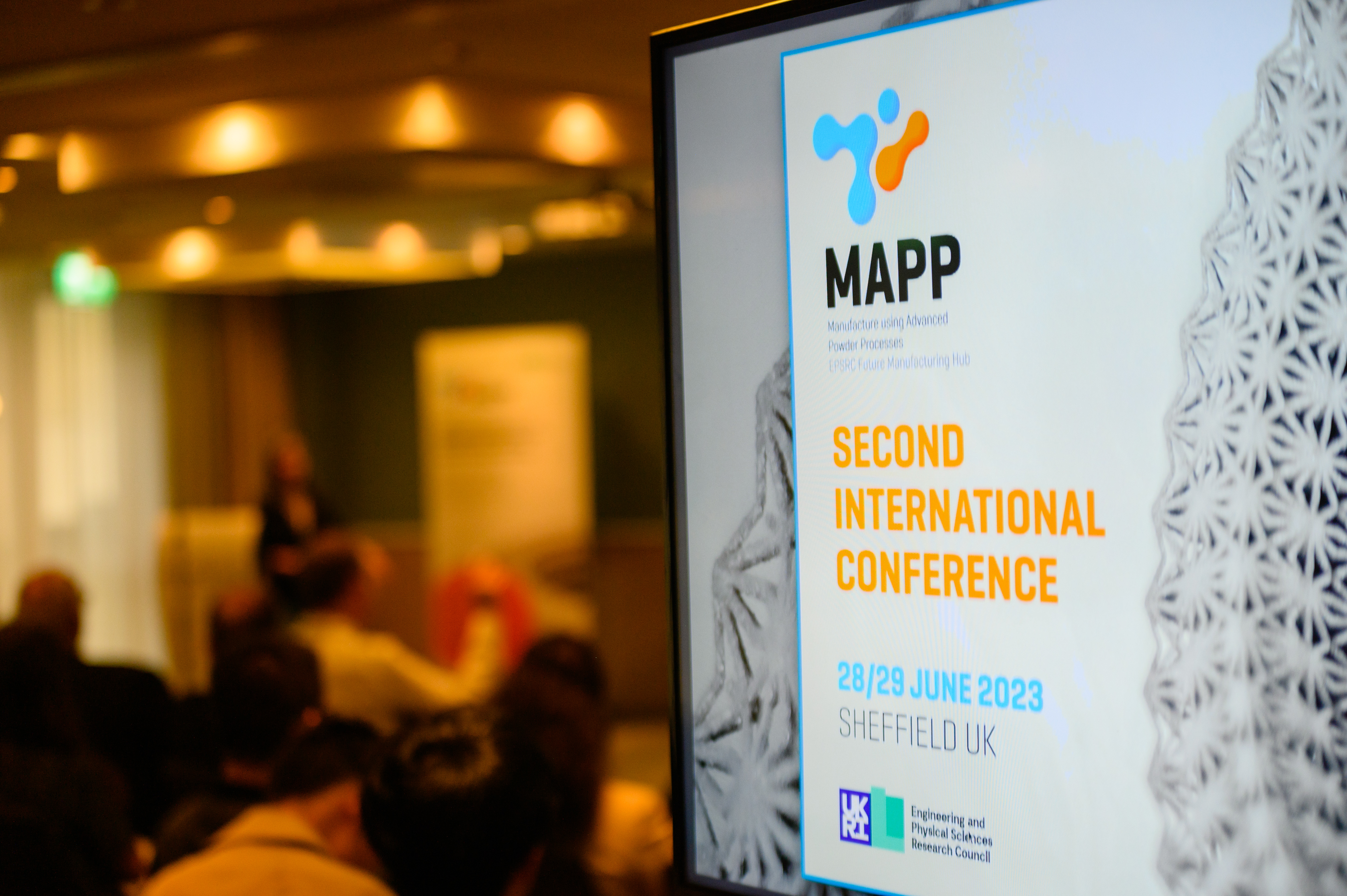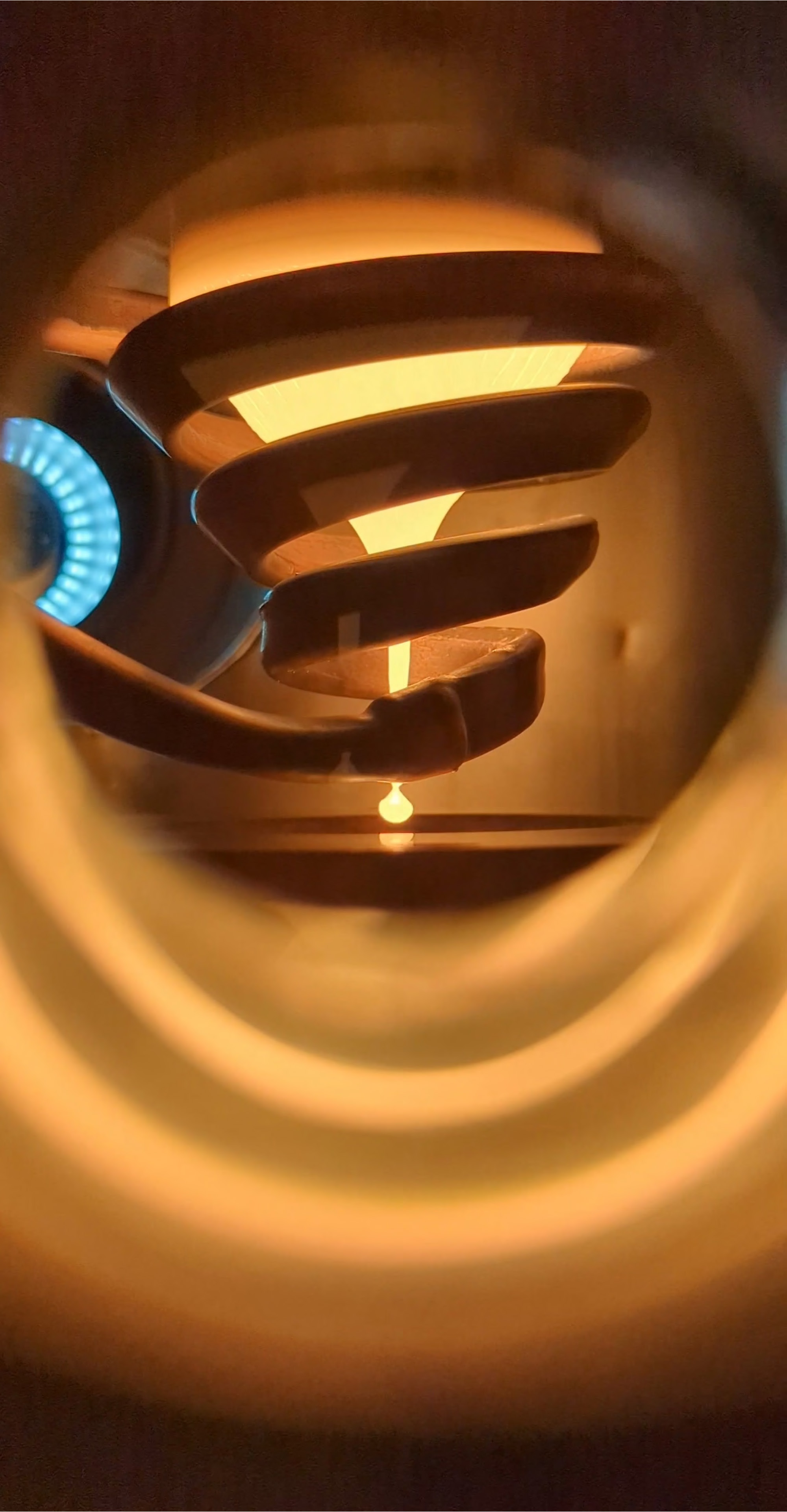All News /
News:
Top 100 in Materials Science
07 / 04 / 21
A journal paper featuring MAPP-aligned work was the 16th most downloaded material science paper in Scientific Reports last year.
The research article Use of silver-based additives for the development of antibacterial functionality in Laser Sintered polyamide 12 parts received 3,239 article downloads in 2020, placing it as one of the top 100 downloaded materials science papers for Scientific Reports in 2020.*
Scientific Reports published more than 650 materials science papers in 2020. The Top 100 in Materials Science collection highlights the most downloaded* materials science papers published in 2020.
The study was published in January 2020 by an interdisciplinary team of researchers from the University of Sheffield's Department of Mechanical Engineering and the School of Clinical Dentistry. The research combined 3D printing with a silver-based antibacterial compound in order to produce the parts.
Results from the research have shown that the anti-bacterial compound can be successfully incorporated into existing 3D printing materials without any negative influence on processability or part strength and that under the right conditions, the resultant parts demonstrate anti-bacterial properties without being toxic to human cells.
The findings offer the potential for applications in a wide range of areas, including medical devices, general parts for hospitals which are subject to high levels of human contact, door handles or children’s toys, oral health products (dentures) and consumer products, such as mobile phone cases. Further projects are planned in each of these areas, with an aim to work with leaders in industry and the potential to bring some of these products to market.
Dr Candice Majewski, lead academic on the project, a MAPP Investigator, works in the Centre for Advanced Additive Manufacturing in the Department of Mechanical Engineering at the University of Sheffield, said: “Managing the spread of harmful bacteria, infection and the increasing resistance to antibiotics is a global concern. Introducing antibacterial protection to products and devices at the point of manufacture could be an essential tool in this fight.
“Most current 3D printed products don’t have additional functionality. Adding antibacterial properties at the manufacturing stage will provide a step-change in our utilisation of the processes’ capabilities.”
Products such as medical devices are often already coated with an antibacterial compound and are subject to strict and rigorous cleaning or sterilisation procedures. However, whilst this provides a certain level of protection, they have their limitations, such as human error in cleaning or damage occurring to the coating.
Rigorous testing and imaging techniques were carried out to establish the effect of the antibacterial additive - looking at the effect on the quality of the final part, its mechanical properties and whether it survived the manufacturing process.
Parts with and without the antibacterial additive were submerged in various bacterial solutions to test how many bacteria remained after 24 hours. Parts containing the antibacterial additive were effective against examples of the two main groups of bacteria, Gram positive (Staphylococcus aureus) and Gram negative (Pseudomonas aeruginosa), both of which can cause many different types of infection.
An additional effect was identified in reducing the number of bacteria stuck to the part surfaces. Bacteria stuck to surfaces form ‘biofilms’ that are often difficult to remove; in this case, an anti-biofilm effect was observed, due to bacteria dying before they could stick to the parts. Parts worked less well in liquid containing lots of nutrients - these were found to interfere with the silver before it could do its job. This will help people decide what environments to use this technology in. Finally, parts were also tested with human cells (routinely grown in the lab) and found to have no toxicity.
Dr Bob Turner from the University’s Department of Computer Science added: “Our interactions with microbes are complex and contradictory – they’re essential to our survival and they can knock us dead. Technology like this will be key to the informed and sustainable management of this crucial relationship with nature.”
This research involved collaboration with microbiologist Dr Joey Shepherd from the University’s School of Clinical Dentistry, who said: “Incorporating antibacterial activity into 3D printed parts is an intriguing novel direction only made possible by working as part of a great team with complementary skills and experience.”
The research was funded by the Engineering Physical Sciences Research Council (EPSRC).
*Data obtained from SN insights which is based on Digital Science's Dimensions.
More:
News
-

-
Exploring STEM - 4th May 2023
The MAPP Stand was a hit at the Exploring STEM for Girls event at the Octagon on the 4 May 2023.<...

